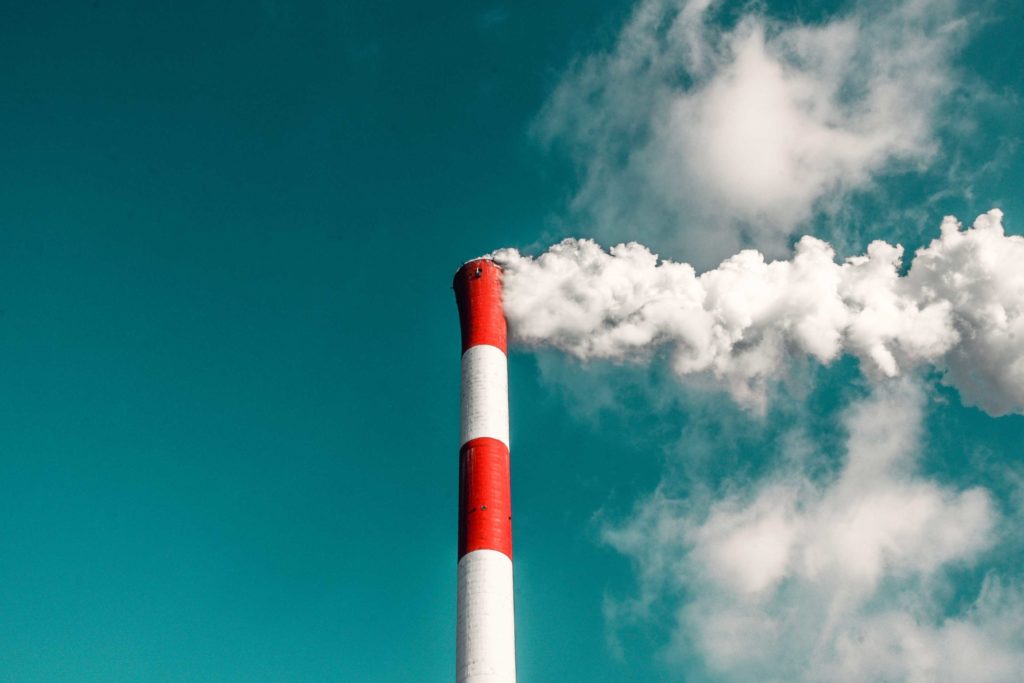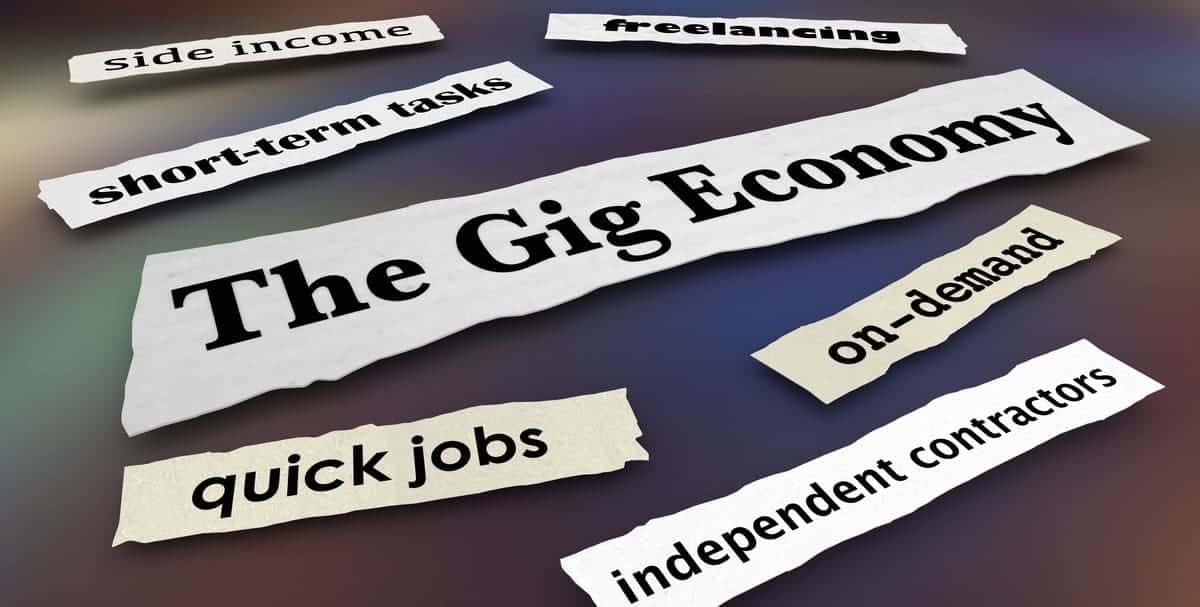Talking to parents from Delhi, one realizes how worried they are- “My teenage kid is a chain-smoker just out of staying here in Delhi.”
The fear is so real, that people who are offered jobs in Delhi refuse to relocate because they afraid about the air he would breathe there.
Recently, the Delhi Government announced that they revive the Odd-Even scheme in order to ‘eradicate’ pollution and the PM levels being emitted by commercial and domestic vehicles. While the step is appreciated, question that remains is, is the step enough?
The air pollution levels in Delhi-NCR has reached such levels, that it would be apt to describe it as a mid-level public health crisis. The Lancet Countdown 2019 on health and climate change report claimed that more than five lakh people had died prematurely in 2016 alone in India. Another report of the same publication in 2017 said that there were about 1.24 million deaths in India in 2017, which is 12.5 percent of the total deaths in India.
It is almost the same story every year. Let’s go into the details of the reason why each year, pollution levels only rise in the region.
Reasons of Air Pollution in Delhi

- Delhi share borders with Punjab and Haryana. Due to the large scale of stubble burning, wind carrying the pollutants and dust particles gets locked in the air.
- The traffic situation in Delhi is comparable to that in Bengaluru. Air Quality Index reaches the ‘severe’ levels. According to NEERI and CPCB, vehicular emissions are one of the main contributors to the rising air pollution in Delhi.
- Stagnant wind due to winters causes the pollutants to get locked.
- Over population and increasing migration rate has resulted in a lot of resources being burnt to provide electricity, a lot of untreated waste being generated, and hence a lot of construction works and vehicles to increase the pollution levels.
- Low penetration of public transport systems and increasing usage of personal vehicles hence.
- Large scale stalling of construction projects in Delhi NCR.
- While not a major factor, cracker ban remains ineffective and the impacts of burning crackers during Diwali and New Year also increases the pollution levels for the one week succeeding it.
Concerns and Challenges
Industries’ as well as commercial activities like construction sites disregard the environment. Along with this, the lack of modern techniques in farming further aggravates the situation.
Air pollution, until recently, has never been an electoral priority among politicians. Infact, politicians are more concerned about losing votes of the farmers if they ask them to adopt new technologies and end stubble burning. Political class utters the lack of funds to substitute stubble burning as one of the reasons of their infallibility.
While the Supreme Court has under Article 21 talked of breathing clean air as one of the fundamental rights, the government has shown no willingness to bring changes in the already present Air Act 1981.
Similarly, the budgetary allocation under the various schemes like National Clean Air Programme has been abysmally low.
Recommended Story – Must See Places In Delhi
Having stated all the reasons, there are a few steps like the recent closure of Badarpur Thermal Power Station, ban on Diesel commercial vehicles aged more than 10 years, suspending construction activities on leased lands, implementation of odd-even scheme, along with suspension of generator sets, etc., But bans seem more knee-jerk and are surely not long term solutions.
Long-term solutions for Air Pollution in Delhi
1. Emission Standards for PowerPlants

The first step taken was to put up emission standards for thermal power plants in particular. But while the standards were to be implemented in January of 2017, they have still not been implemented.
The Central Government should implement the standards on priority basis. Emissions from thermal power plants like the one at Badarpur contribute significantly to the emissions of secondary particulate matters like SOX, Fly ash, NOX, PM 2.5, and PM 10.
2. Fuel Standards for vehicles

While for the new fleet of vehicles, BS VI fuel standards have been introduced, but by next year in April when the standards are expected to be rolled out, more than 300 million vehicles wouldn’t be able to meet them.
Similarly, at the state level, the ministry of environment can issue emission standard norms for both NOX and SOX. Industries like those of foundry, lime kiln, glass, and ceramic can come under various ambits of fuel and emission standards.
3. Prioritizing public transportation
For example, Delhi has less than 6000 buses with a total requirement of 16000+ buses. Metro doesn’t have the last mile connectivity that buses can have. Delhi Government is also looking for TOD Vehicles and Electric Buses in a move to increase public transport.
4. Upcycling Stubble

The issue of stubble burning has been talked about. With the 15-30 day phenomena dominating during the winters, the situation in Delhi NCR only aggravates post this.
In South India, for example, stubble isn’t burnt as they are used as animal feed.
There are a lot of commercial uses of rice straw, and they can be converted into making income out of them. For example, they can be used to make products like animal feed, cardboard, and paper. The Government should be invoking APMC Act to procure the crop stubble in exchange of a small amount of money, which can further be used for recycling and providing employment to the youth in the region. This has also been reiterated by MS Swaminatham in his report on agriculture in 2009.
Further, the government needs to make the farmers move from water-intensive crops like paddy to coarse grains like millets. This ensures that the groundwater isn’t exhausted because of sowing paddy.
5. Pollution Under Check Test

This mechanism can be installed by the state governments for individual vehicles. The licensed operators currently doing this test are undertrained, and there are a lot of manipulations with the data.
The readings from the vehicle’s exhaust can be linked to a centralized server. Further, the standards need to be made stricter and not a copy-paste version from those used in the 1990s and 2000s.
Finally, it’s about strengthening fundamental pieces of legislation that frame our pollution control regime like the Environment Act, Air Act and Water Act.
6. Learning from international experience
In the United States, the Clean Air Act proved that public expenditure on health and economic progress can work in tandem. After this, the aggregate levels of national emissions decreased by 73 per cent from 1970 to 2017. Again, after declaring a war on pollution, Chinese government has been effective in reducing particulate concentrations by 32 per cent in 2018. India needs to learn the same from such nations and implement a War on Pollution in the country.
Way Forward
We should have a more permanent and robust solution for the problem of pollution. The includes amending 1981 Air Act and making it more compatible with the needs of contemporary India. There need to be higher penalties set in order to increase deterrence among both industries and individuals. Pollution control boards should be empowered to ensure they can take strict action against the culprits and properly implement rules and regulations.
Recommended Story – Smart Cities Or Sustainable Cities – Which is The Better For Living?
Most of all, the need is to increase awareness among the people so that the political awareness and accountability among them increases.









